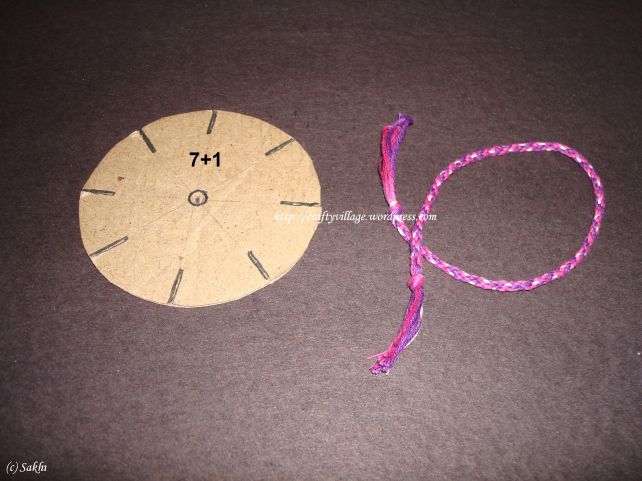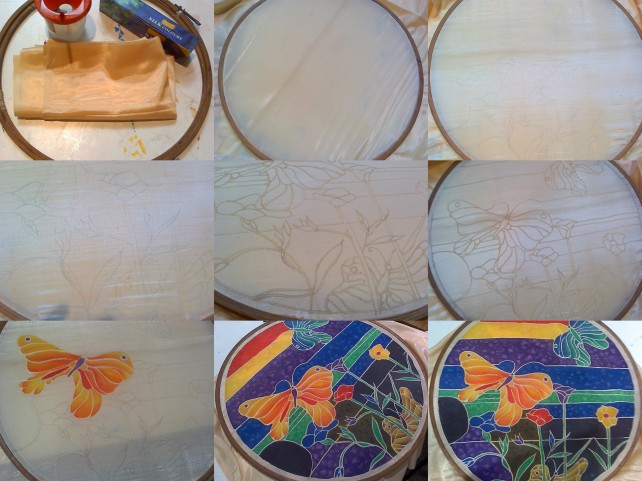Today is 8th March and it is celebrated as International Woman’s Day around the world. Though I feel personally that everyday is a woman’s day, today is special for a lot of ladies. So I thought why not make something which we can use to pamper ourselves 🙂 Yesterday when I was blog-hopping I came across SeaSamAmb’s olive oil hand scrub tutorial and I decided to give it a try too.
Ingredients I used:
Sugar (3 tb spoons full)
Olive Oil (enough to mix with sugar but not to saturate it)
Various Dried Herbs of your choice (I used Oregano, Basil, Rosemary, Celery; a big pinch each)
Essential Oil of your choice (I used Lavender Oil, a few drops)

Other things needed:
A table spoon (to measure sugar)
A big bowl (to mix the ingredients)
A small bowl (to mix various herbs to make it ready for use)
A dropper (to measure essential oil)

Readied Ingredients to make the scrub 🙂
Now the Procedure:
Procedure is fairly simple and quick. Take the sugar in a bowl, mix the dried herbs in it, put a few drops of your favourite essential oil (you can skip this if you do not want your scrub to be scented, the herbs have their own natural fragrance too) and pour olive oil into this mixture. Make sure that you pour the oil slowly so that your scrub is not runny. The oil should just be enough to turn this mixture in a lumpy texture.

Super cool, amazing scented hand and foot scrub is ready!
Now the packaging 🙂

Gift packed
I not only packed it for me, but I gift packed some for one of my friends on woman’s day occasion. The flowers you see there are handmade from crepe paper and are tied to the threads of the jar.
Final pack to be gifted:

I finally made a paper bag from news paper and placed my gift in it for my friend.
I used this scrub just after I made it and it is amazing, made my hands softer and awesome smelling too 🙂
Hope you enjoyed this tutorial as much as I enjoyed making it 🙂
“Happy Woman’s Day” to all the amazing ladies out there 🙂
Love,
Sakhi
P.S. My friend loved the gift and her smile made my day too 🙂
P.S.S. You can use this as a body scrub or facial scrub too but since olive oil is quite oily you might not feel like using it on face especially in hot, humid weather (it’s too hot here in India already!)
























































